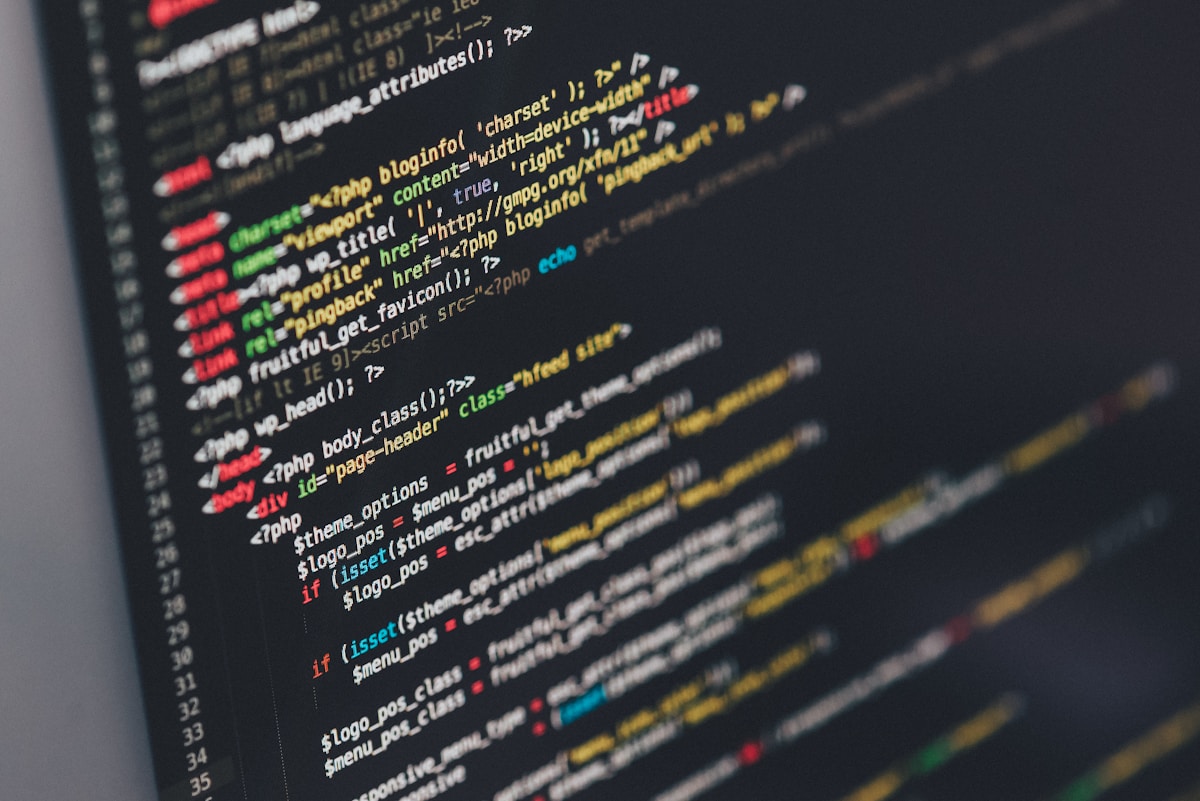Beijing-based Moonshot AI just released Kimi K2 Thinking, a trillion-parameter open-source model that can execute 200-300 sequential tool calls without human intervention. The kicker? They claim it cost $4.6 million to train. For comparison, OpenAI spent hundreds of millions on GPT-5.
The Economics Are Wild
A trillion parameters is massive. That's roughly the same scale as the largest proprietary models from OpenAI, Anthropic, and Google. But those companies spend anywhere from $100 million to several billion dollars training their frontier models.
Moonshot saying they did it for under $5 million is either a massive algorithmic breakthrough, creative accounting, or both. CNBC quoted a source close to the project on the $4.6 million figure, though they couldn't independently verify it. DeepSeek's V3 model, also from China, allegedly cost $5.6 million.
Even if those numbers are understated by 10x, we're still talking about training costs that are orders of magnitude cheaper than Western equivalents. That's... significant.
The Technical Specs
Kimi K2 Thinking uses a Mixture-of-Experts architecture with 1 trillion total parameters and 32 billion active parameters per token. It has a 256K context window and is trained using INT4 quantization, which is a way to compress the model and speed up inference.
The model is optimized for "agentic" tasks—meaning it can plan, reason, and execute complex multi-step operations. It scored 44.9% on Humanity's Last Exam, a benchmark of 3,000 graduate-level reasoning questions. That reportedly exceeds GPT-5 and Claude Sonnet 4.5.
On software engineering benchmarks like SWE-Bench Verified, it hit 71.3%. For coding tasks, it reached 65.8% on realistic GitHub bug fixes. Those are frontier-level scores, competitive with the best closed models.
The Agentic Capabilities
What makes K2 Thinking interesting isn't just the parameter count—it's the tool use. The model can chain together hundreds of function calls to complete complex tasks. It searches, retrieves data, performs calculations, and integrates third-party services autonomously.
This is the bet a lot of AI companies are making: the next phase isn't about better chatbots, it's about autonomous agents that can actually execute tasks end-to-end. Moonshot is positioning K2 as infrastructure for that future.
The model can supposedly maintain context and reasoning across those 200-300 tool calls. If that's true in practice (big if), it's genuinely impressive. Most models start degrading after 10-20 sequential operations.
The China AI Strategy
This release fits into a broader pattern. Chinese AI labs are aggressively pursuing open-weight models while Western companies double down on closed, proprietary systems. DeepSeek, Alibaba's Qwen, and now Moonshot are all releasing models that rival or exceed OpenAI and Anthropic on certain benchmarks.
The strategy makes sense given export restrictions on advanced chips. If you can't buy the latest NVIDIA GPUs at scale, you need algorithmic efficiency. Chinese researchers have gotten very good at training large models on less powerful hardware using clever optimization tricks.
There's also a coordination advantage. China's tech ecosystem moves fast with government backing. U.S. companies face fragmented state regulations and growing calls for AI safety restrictions. Jensen Huang recently said China is "primed to beat the U.S. in the AI race" partly because of more unified policy.
The Open vs. Closed Debate
OpenAI and Anthropic justify keeping their models closed by citing safety concerns. Releasing the most capable models could enable misuse, they argue. Meta is the main Western player still doing open releases at scale.
Chinese labs have taken the opposite approach. Everything gets released open-weight (not quite open-source, but close). The license terms vary, but you can generally download and deploy these models commercially.
This creates an interesting dynamic: the most advanced open models might soon come exclusively from China. That has implications for who controls the AI infrastructure layer globally.
The Performance Question
Benchmarks lie. Or at least, they don't tell the whole story. A model can score well on tests and still feel mediocre in actual use. I haven't had hands-on time with K2 Thinking yet (it requires significant GPU resources), but early testers on Twitter are reporting mixed results.
Some tasks work brilliantly. Others produce nonsense. The agentic capabilities seem real but brittle—it can execute hundreds of tool calls, but it might also spiral into repetitive loops or lose track of the original goal.
That's typical for models at this scale. They're simultaneously incredibly capable and weirdly stupid. Context matters more than benchmark numbers.
What This Means
If Moonshot's cost claims are even remotely accurate, we're entering a new phase where training frontier models doesn't require billions in capital. That democratizes who can build competitive AI, but it also means more actors with less oversight.
The economics also matter for commercial viability. If you can train a trillion-parameter model for $5 million and deploy it efficiently using INT4 quantization, the unit economics of AI inference suddenly look very different. That could enable business models that don't work with more expensive models.
For Western AI labs, this is a warning shot. The moat might not be as deep as they thought. If Chinese competitors can match or exceed performance at a fraction of the cost, that changes the competitive landscape significantly.
My Take
I'm skeptical of the $4.6 million claim until we see more evidence. But even if the real number is $50 million, that's still remarkably cheap for a trillion-parameter model.
The bigger story is that China's AI ecosystem is catching up fast in areas where we thought the U.S. had an insurmountable lead. Algorithmic efficiency, training optimization, and agentic capabilities aren't just about having the best chips anymore.
Whether K2 Thinking specifically becomes widely used matters less than what it signals: frontier AI is becoming more accessible, cheaper to train, and increasingly multipolar. The assumption that OpenAI, Google, and Anthropic would maintain a permanent lead is looking shakier every month.
This one's worth watching.
